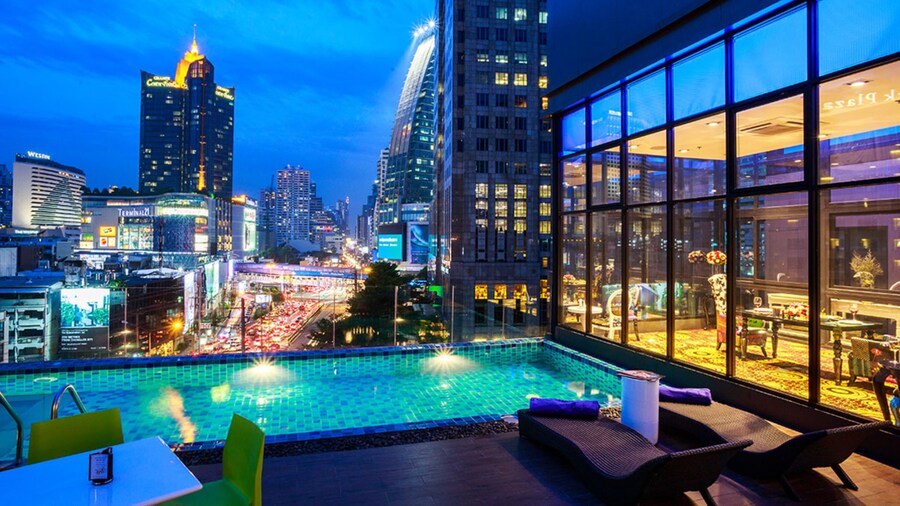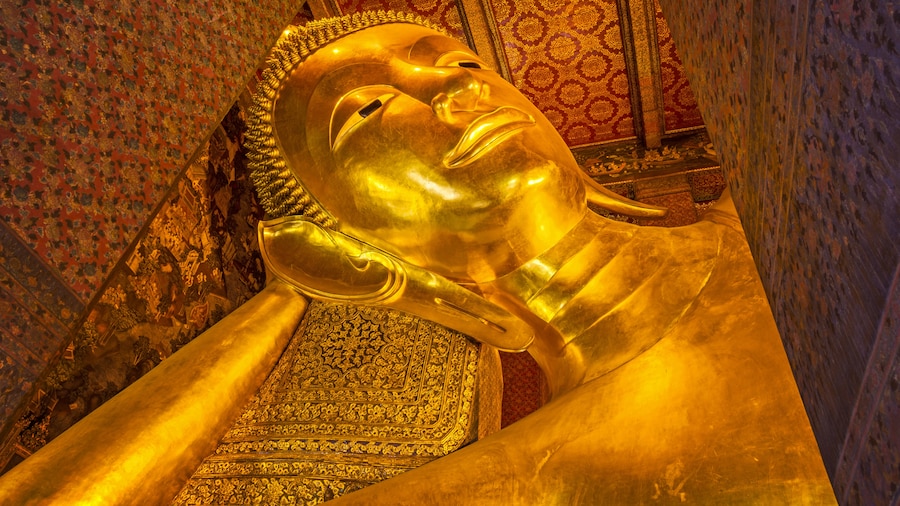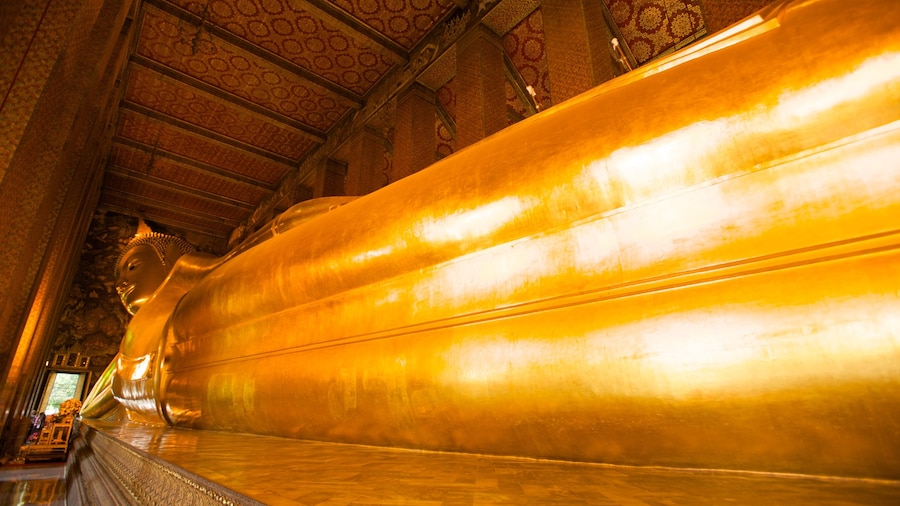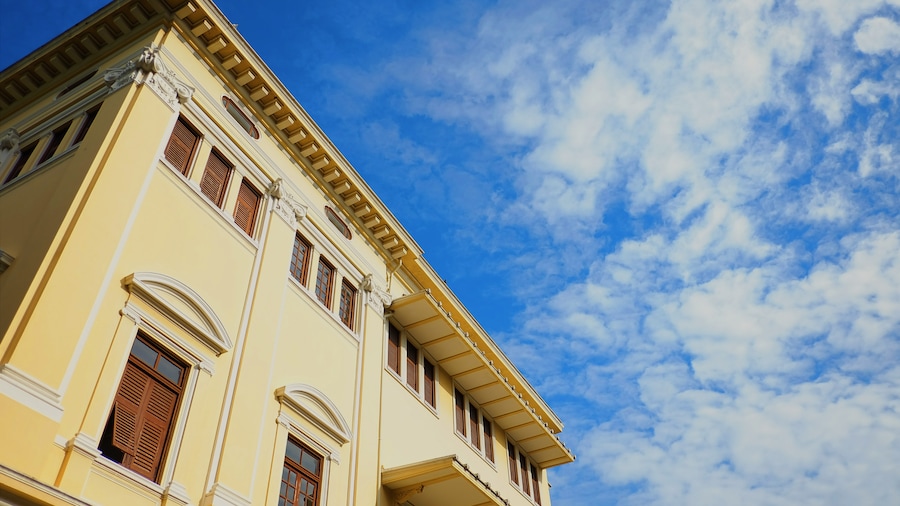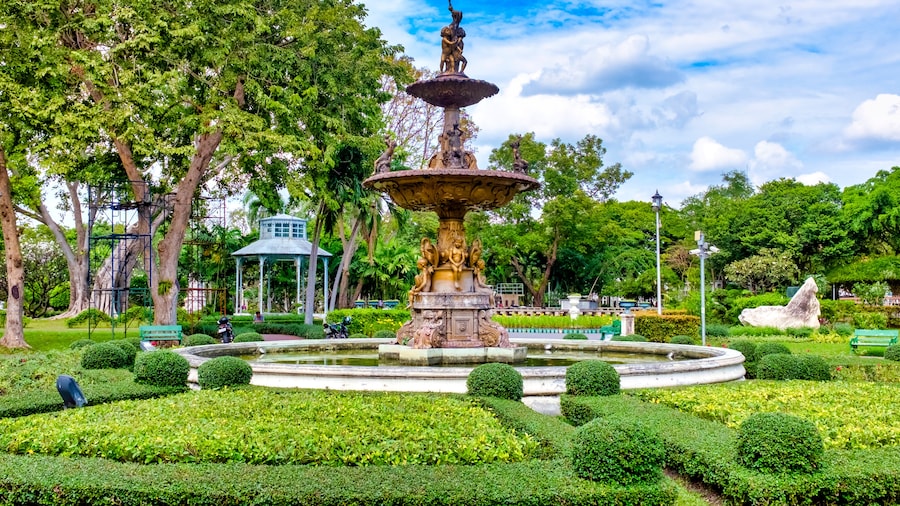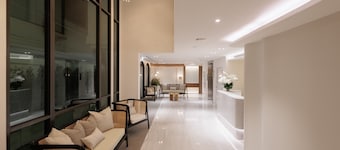Located on the other side of the Chao Phraya River to the Grand Palace complex, the beautiful Wat Arun offers fantastic views at sunset.
Take the short ferry trip across the Chao Phraya River from the Grand Palace (Wat Pho) to Wat Arun. Its historic importance, exquisite design and beautiful views draw the attention of many visitors. As the sun starts to go down, head to the other side of the river for the perfect photo opportunity to get a memorable photo of the temple’s distinctive silhouette against the fading sky.
Wat Arun has its origins in the 18th Century, when an ornate temple was built by King Taksin to house the Emerald Buddha statue. Wat Arun translates to “Temple of Dawn” and is so-named because the king noticed that it was the first building to catch the light as the sun rose. When King Rama I moved the capital to the other side of the river, he took the Emerald Buddha with him, leaving the temple empty. In the early 1800s, the two towers were added by subsequent kings.
Wat Arun is a temple full of symbolism and details. The four-corner pagoda symbolises the mythical Mount Meru, which according to Buddhist cosmology is the centre of the world. You can climb half way up the spire for some great views over the river and the city, and take a closer look at the glass and porcelain that gives the roof its shine. The temple is adorned with statues of Buddha, monkeys and demons. The interior of the temple is decorated with murals depicting the Buddha’s life in its various stages, and the ashes of King Rama II sit inside the main golden Buddha statue.
The best way to get to Wat Arun is by taking the river ferry from Tha Tien pier at the Grand Palace. If you arrive later in the day, make sure you stay on the eastern side of the river to make the most of the spectacular silhouette of the temple as the sun goes down. Open daily, Wat Arun charges an admission fee.





